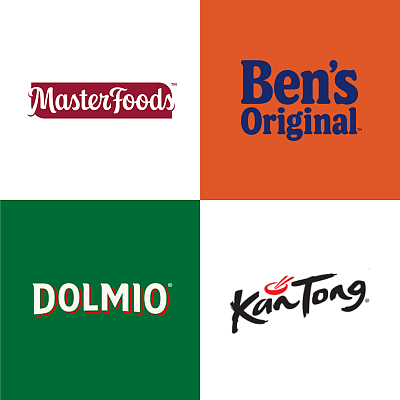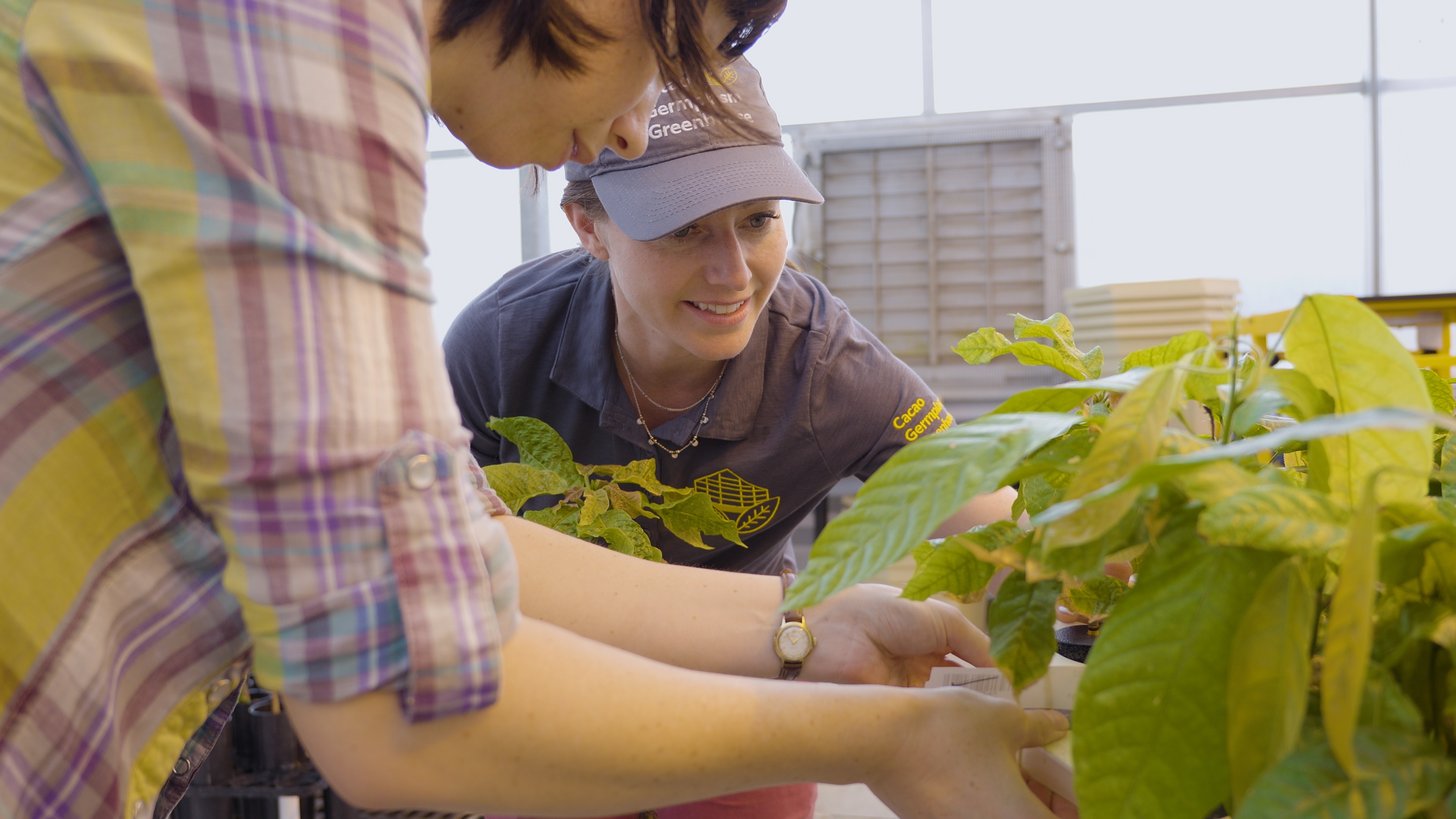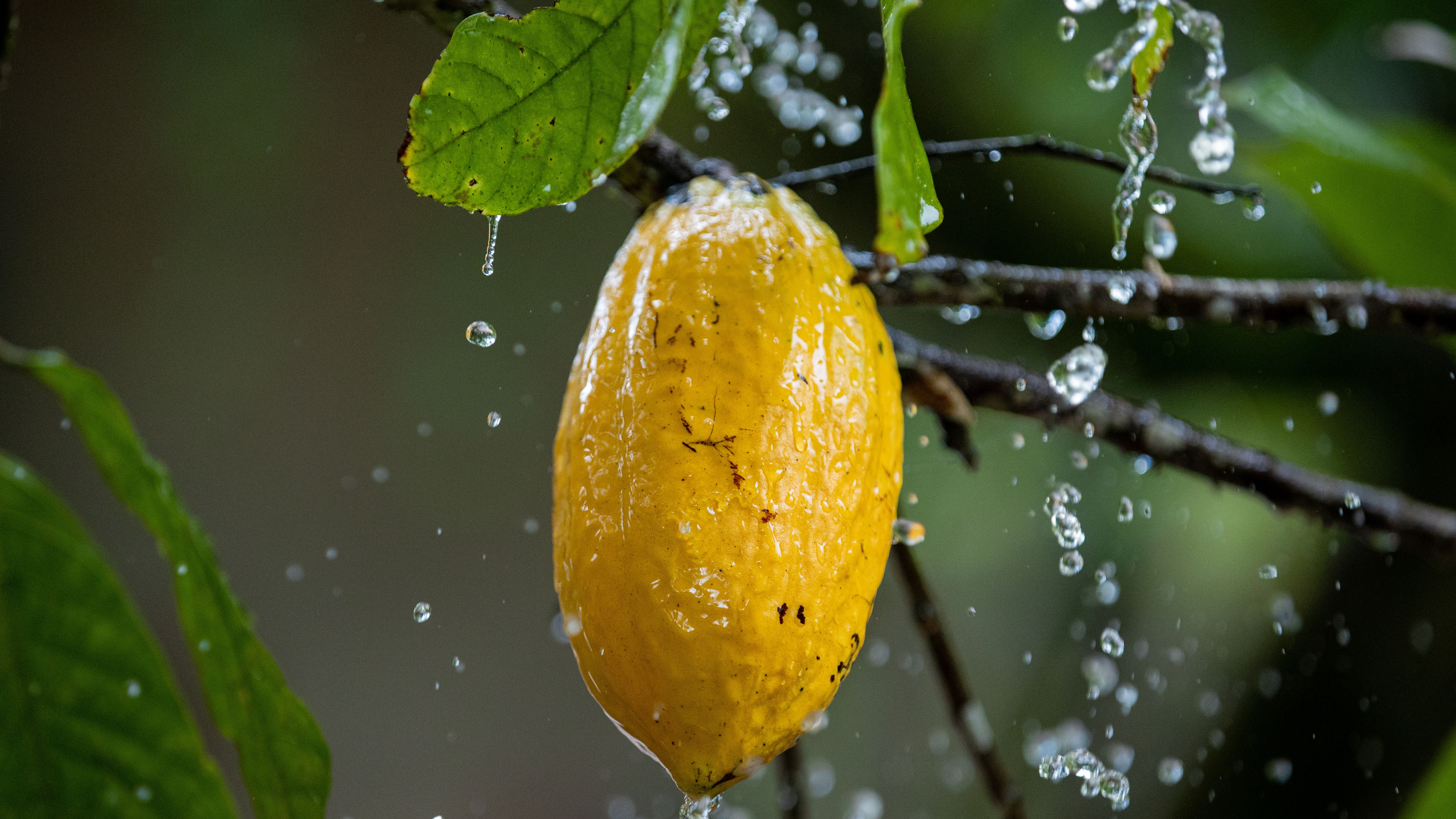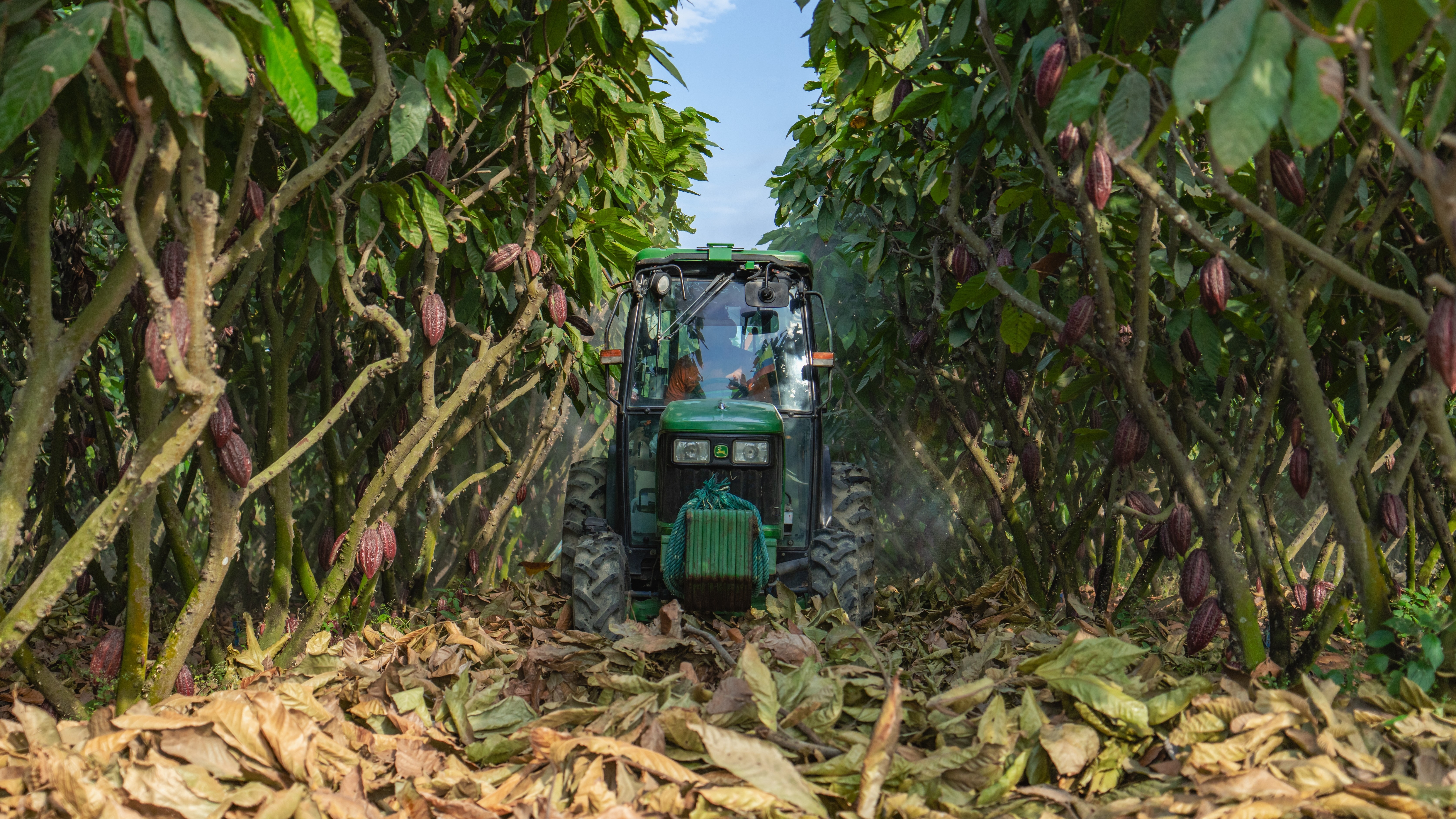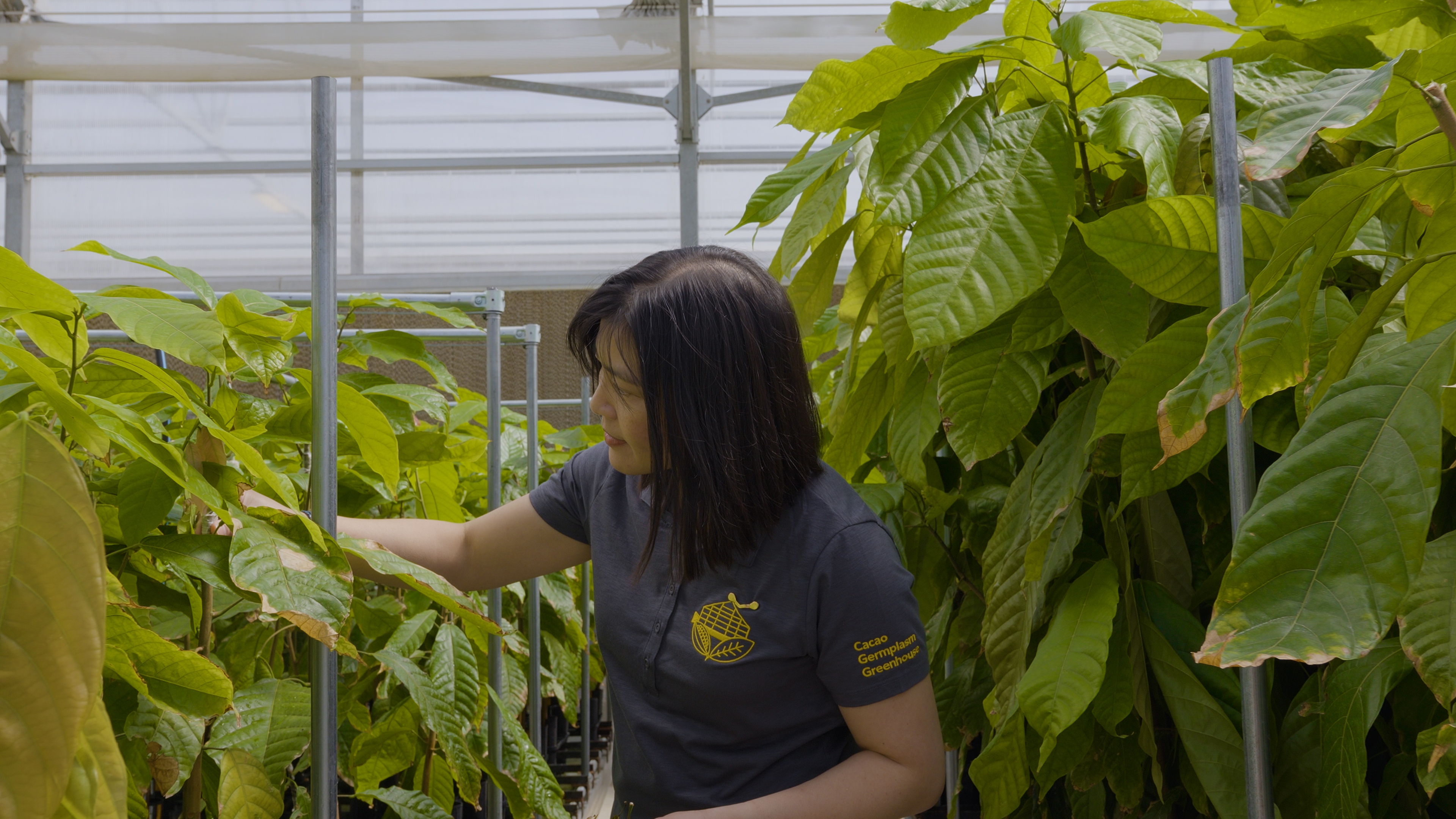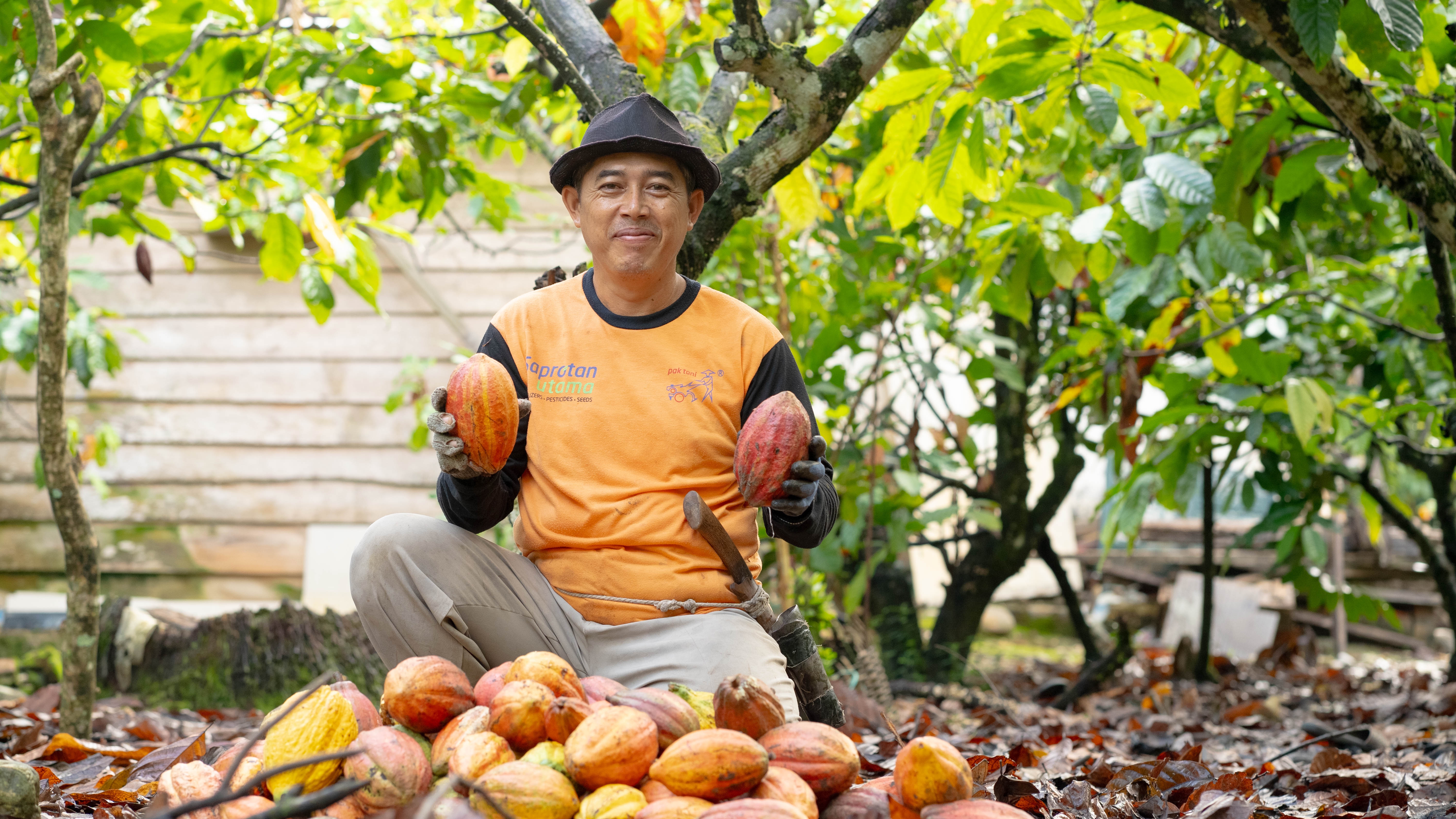Modern Cocoa
Working toward a more modern cocoa ecosystem.1
More resilient cocoa through science
A more modern cocoa ecosystem can be driven by advances in science and technology leading to innovation and the potential for the cocoa industry to become more professionalized and productive. We’re helping by:
- Supporting innovation that can be used to help build more productive, resilient farms with potential for growth at scale
- Investing in cutting-edge research to help accelerate industry change
- Piloting new programs and partnering to learn what works—and what doesn’t
- Finding new ways to collaborate and help develop a more successful, professionalized cocoa industry
Progress toward modern cocoa
We are learning new ways to innovate in more productive cocoa farming. We’ve helped make progress in developing climate-resilient2 practices with research and pilot programs aimed at helping cocoa grow.
Breeding more resilient cocoa
We’re creating better planting materials and farming practices to improve cocoa productivity.
Managing pests and diseases
We’re creating tools and techniques to help prevent, mitigate and detect cocoa pests and diseases.
Developing technology
We’re developing digital and imaging tools with the potential to improve productivity, processing and bean quality.
Scientific efforts around the world
For decades, we've invested in cocoa science and conducted research at our cocoa research centers, demonstration farms, and in pilot programs around the world.
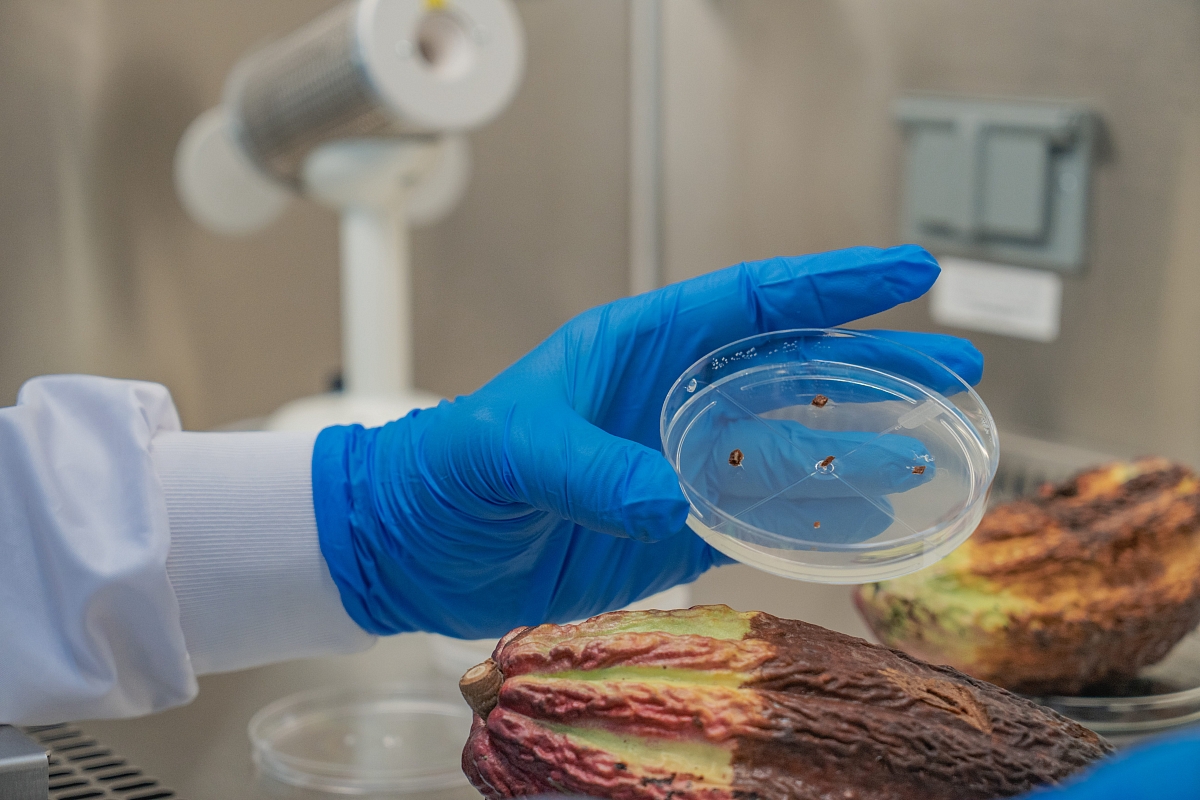
Sharing scientific research
At Mars, we believe in sharing our research with the world in service of the future of cocoa and cocoa-growing communities. Since 2019, Mars scientists have published or co-authored more than 30 scientific papers and participated in other scientific presentations.
- Shade tree functional traits drive critical ecosystem services in cocoa agroforestry systems
- Molecular Surveillance, Prevalence, and Distribution of Cacao Infecting Badnavirus Species in Côte d’Ivoire and Ghana
- Soil quality reflects microbial resource availability and drives rhizosphere microbiome variation in Ghanaian cocoa farms
- Rootstock, Scion, and Microbiome Contributions to Cadmium Mitigation in Five Indonesian Cocoa Cultivars
- Development of a Diet Production System for Conopomorpha cramerella (Lepidoptera: Gracillariidae), a Major Cocoa Production Pest in Southeast Asia and the Pacific Islands
Stories from the lab and field
Footnotes
1. At Mars, we recognize that the global cocoa supply chain faces many complex and interconnected risks and challenges, especially in regions of West Africa. Although Mars does not own or operate any cocoa farms in West Africa, it does purchase cocoa sourced from all over the world, including West Africa. Mars is making investments in various programs with the goal of helping to combat the risks of human rights abuses, climate change and threats to forests, among other things. Ultimately, no one actor can combat these risks alone—lasting progress will depend on collective action from governments, corporations, NGOs, and all stakeholders in the cocoa industry.
2. When we say climate-resilient practices we mean practices that can help cocoa withstand the effects of climate change. These can include agroforestry, shade trees, and fertigation, which can help with drought resistance, as well as practices that help protect against potential future threats, such as diseases spreading in new regions.



